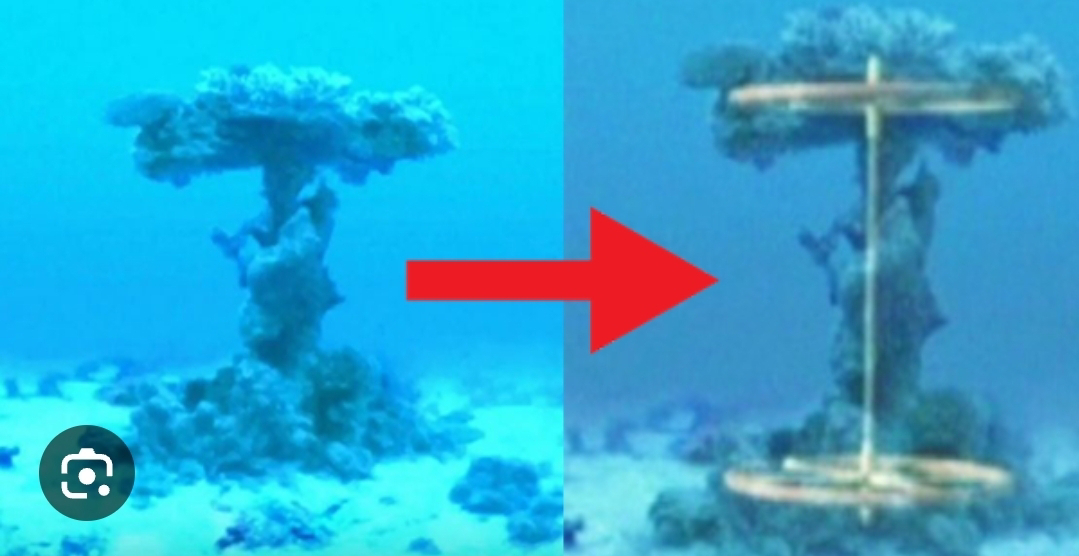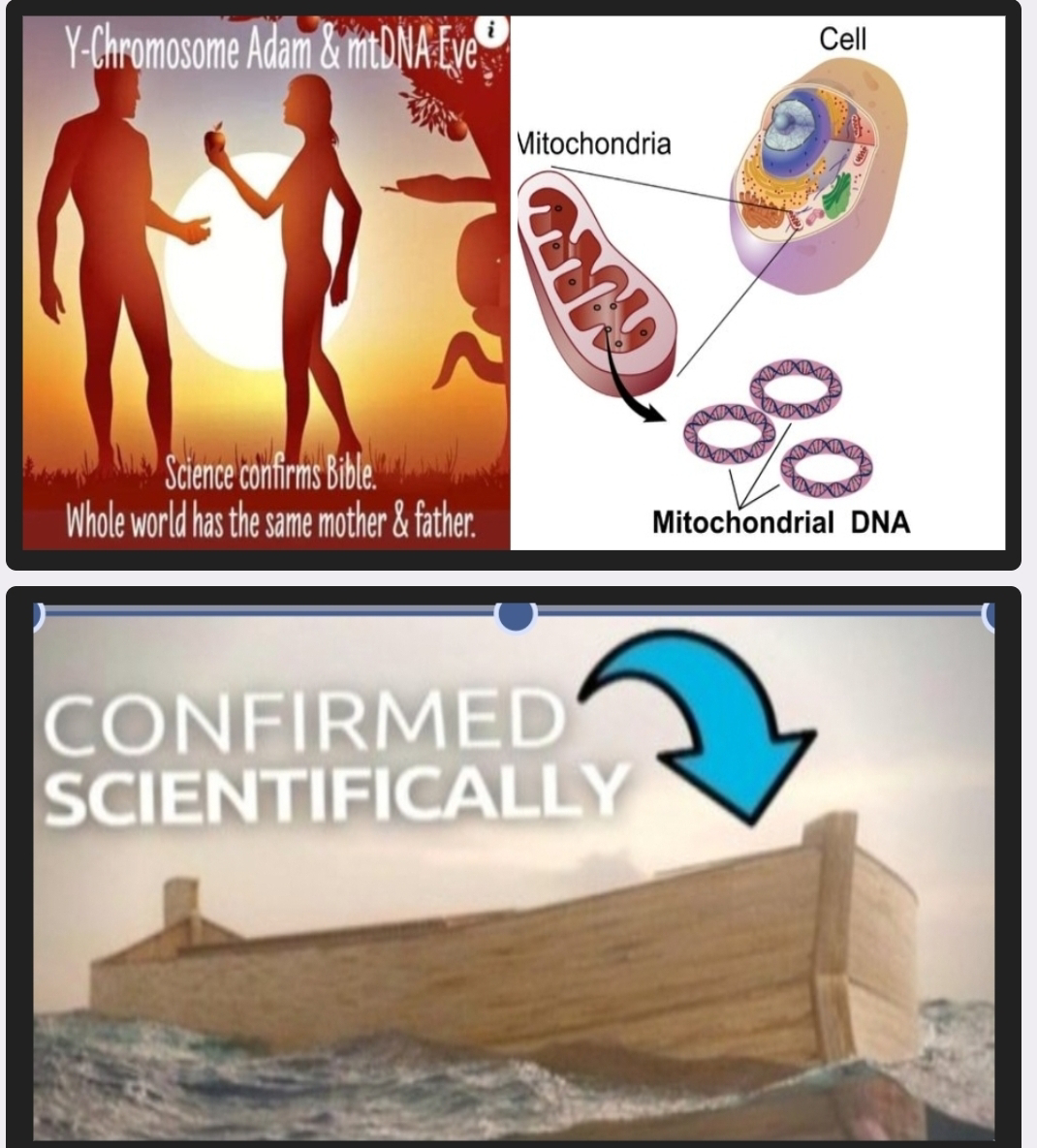Evidence of Moses
The documentary "Patterns of Evidence: Exodus" presents a number of pieces of evidence that it claims support the existence of Moses and the Exodus story. These include:
The Merneptah Stele, an Egyptian victory stele that mentions a people called "Israel" living in Canaan. This is the earliest known extra-biblical reference to Israel, and it is dated to the 13th century BC, which is the same time period that the Exodus is thought to have occurred.
The Hyksos, a group of Semitic people who ruled Egypt from the 17th to the 15th centuries BC. Scholars believe that the Israelites were originally part of the Hyksos, and that they were enslaved by the Egyptians when the Hyksos were expelled from Egypt.
The Biblical account of the Exodus includes a number of details that are consistent with what we know about ancient Egypt, such as the use of chariots, the construction of pyramids, and the practice of child sacrifice.
Ultimately, the question of whether or not the Exodus story is historically accurate is a matter of debate. The documentary "Patterns of Evidence: Exodus" presents some interesting evidence that supports the existence of Moses and the Exodus.
Chariot wheels have been found in the Gulf of Acaba, near the site where the Israelites are said to have crossed the Red Sea. These findings were made by a number of people, including Ron Wyatt, a Christian explorer, and Aaron Sen, an underwater archaeologist.
Four chariot wheels have been found in the Gulf of Aqaba. They were discovered by underwater archaeologists in the 1970s and 1980s. The wheels are made of wood and have four spokes. They are believed to be from the 13th century BC, which is the time of the Exodus.
Wyatt found chariot wheels, chariot boxes, and human and horse bones on the sea floor near Nuweiba Beach. He also found an eight-spoke wheel hub, which he said was only used during the 18th Egyptian Dynasty, the dynasty that dated to the time of the Exodus.
Sen's findings were more modest. He found a four-spoke chariot wheel and dozens of human bones. One of the bones was submitted to Stockholm University for inspection, where it was determined to be a femur bone from the right leg of a man 165 to 170 centimeters tall.
The Egyptian government has prohibited the removal of artifacts from the Nuweiba Beach Crossing site, so it is not possible to verify the authenticity of Wyatt's and Sen's claims. However, the fact that both men found chariot wheels and human bones in the same area is certainly intriguing.
Ultimately, the question of whether or not the chariot wheels found in the Gulf of Acaba are from the time of the Exodus is a matter of opinion but they do raise the possibility of the red sea crossing.




Comments
Post a Comment